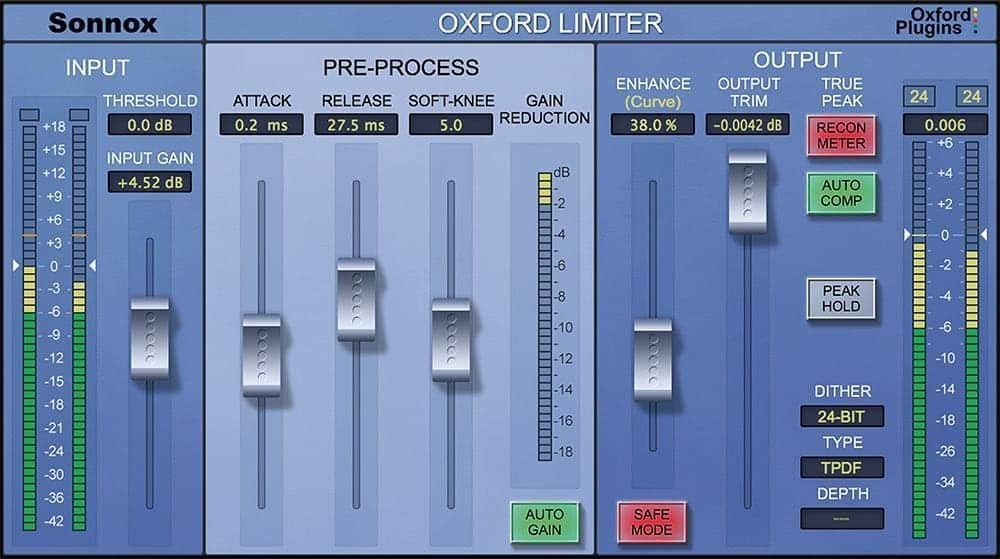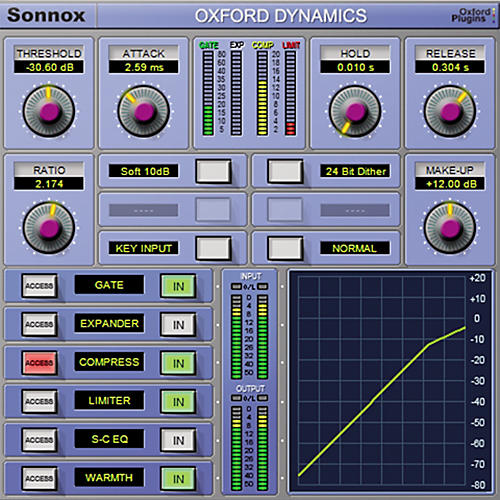
#Sonnox oxford slate windows 8#
Windows XP / Vista / Windows 7 / Windows 8.
#Sonnox oxford slate mac osx#
#Sonnox oxford slate pro#

These bias curves work in all three modes - Auto, Freeze or Manual. There is also a bias curve to adjust the amount of reduction at various frequencies allowing more noise removal at some frequencies while still being gentle at other frequencies. In most cases, Auto mode gives the best results, as the level of the threshold will follow the level of the actual signal.īias Curve For additional control, the DeNoiser has the ability to adjust the theshold of the noise-profile at different frequencies by means of a bias curve. Colour adjusts the shape of the noise-profile from white to red noise, Air modifies the HF shape of the noise-profile. MANUAL: In this mode you manually specify a simple coloured noise profile, using the Colour and Air controls. The advantage of Freeze mode is that the threshold is always set to remove the correct level of noise from the material, meaning that as the level of the programme material climbs, the noise removal is less destructive. This is useful for capturing the profile from a section of material containing only background noise, and then applying it to the rest of the material.

In this mode, the threshold is relative to the general signal level and therefore noise removal will always be a fixed number of dBs below the actual signal.įREEZE: Another method to arrive at an appropriate noise profile is to use the Freeze button to freeze the automatic noise profile, and use that fixed profile from then on. There are several methods to arrive at an appropriate noise floor.ĪUTO: In Auto mode the frequency spectrum of the signal is examined to automatically acquire the general shape of the noise threshold profile by looking for levels in the frequency spectrum that are consistently there. The noise profile is used to gate-out components of the frequency spectrum that are below it, and keep the components that are above it.

The Oxford DeNoiser is based around the concept of a 'noise profile'. The key to good de-noising lies in helping the user produce pleasing and accurate results, rather than encouraging the over-aggressive use of controls. The Oxford DeNoiser removes wide-band noise from audio material using a variety of sophisticated techniques.


 0 kommentar(er)
0 kommentar(er)
